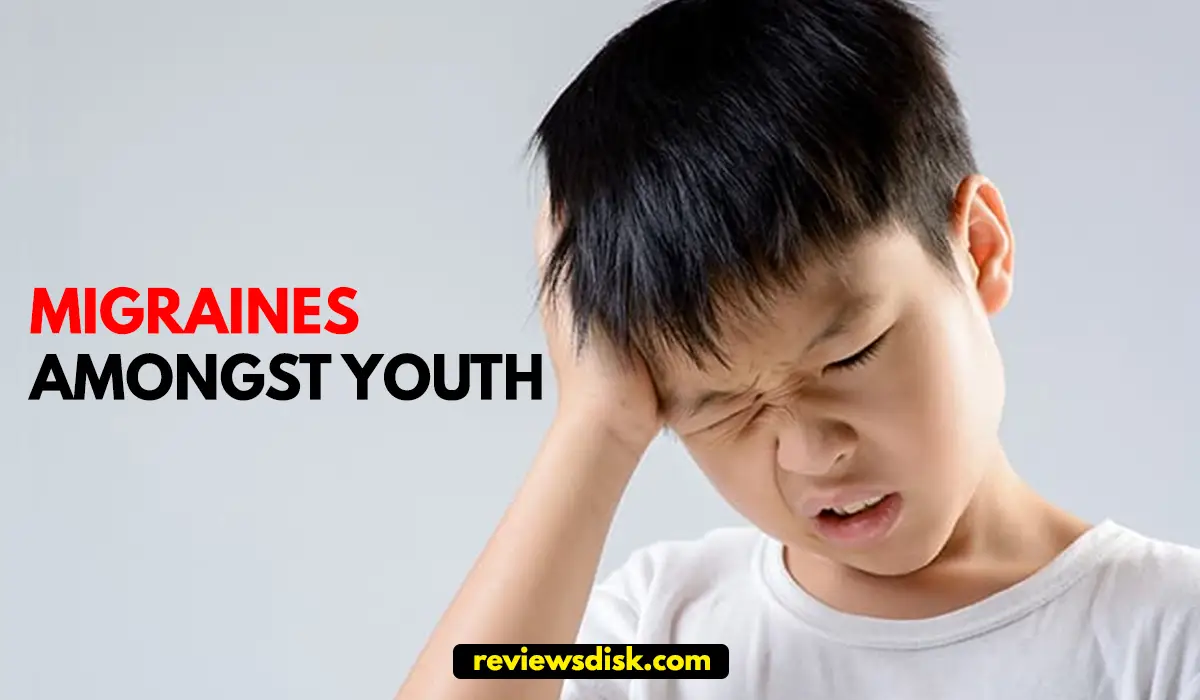Migraines Amongst Youth
Migraines Amongst Youth, Enduring persistent headaches can be a formidable challenge for adults, let alone for a mere 5-year-old grappling with the intense agony often associated with such ailments. The visceral experience of a migraine, characterized by excruciating pain and incapacitation, is all too familiar to those who have encountered this formidable condition.
Modern medicine now provides a myriad of treatment options for migraine sufferers, ranging from over-the-counter remedies to prescription drugs meticulously formulated to curtail the frequency of these debilitating attacks. Some individuals opt for immediate relief by addressing an active migraine headache head-on.
However, the landscape becomes more intricate when considering the treatment of migraines in children, with certain medications contraindicated for those under 18. Exposure to triggers may lead to recurring symptoms in youngsters, making natural remedies a viable avenue for restoring normalcy to their lives and daily activities.
Migraines, spanning from moderate to severe intensity and enduring anywhere between two to forty-eight hours, manifest differently in children and adolescents. The timing of these headaches varies, with younger children more prone to experiencing them later in the day, while adolescents and teens often contend with migraines early in the morning.
Prevalence Amongst the Youth
The prevalence of chronic headaches is striking, affecting approximately 20% of children aged 5 to 17 in the United States. Remarkably, 15% of this demographic comprises children who have not yet reached high school age, while preschoolers make up an additional 3%. The remaining percentage comprises elementary school students grappling with the challenges of migraines.
Interestingly, before puberty, teenage boys exhibit a higher likelihood of suffering from migraines compared to their female counterparts. However, as they transition into young adulthood, this dynamic shifts, with women facing a threefold increased risk of persistent headaches compared to men.
Unraveling the Migraine Enigma in Youth
Historically, the medical community attributed migraines to fluctuations in the size of blood vessels in the brain, impacting blood flow. Contemporary research, however, posits that a malfunction in the brain affecting nerves and blood vessels is the root cause. Chemical reactions within the brain are now considered pivotal in these neurological shifts.
Genetics also play a role, with a familial link suggesting a 60 to 70 percent likelihood of inheriting migraines if a family member is afflicted. Encouragingly, despite the intense pain, migraines do not inflict permanent damage on the body.
Decoding the Signs and Symptoms
The manifestation of migraines in children mirrors adult experiences, marked by a persistent pounding or throbbing in the head. Notably, in toddlers and teenagers, the pulsating ache may localize to one side of the brain.
Additional symptoms, unique to each child, may be triggered by alterations in eating or sleeping patterns, seasonal transitions, or changes in hormone levels. Identifying these triggers is crucial for parents and healthcare providers to collaboratively work towards minimizing their impact.
Nurturing Nature’s Solutions for Migraine Management in Children
In navigating the delicate landscape of pediatric migraines, certain medications, when administered in significant doses, may exacerbate the condition. This is particularly pertinent as young children may resist prescription drugs with potential side effects. Fortunately, nature provides a spectrum of remedies to aid in headache management.
- Acupuncture and Massage Harmony: Leveraging centuries-old practices, acupuncture and massage offer a natural approach to reducing migraine frequency and controlling associated discomfort. Massage targets tension in soft tissues, a known trigger for migraines, while acupuncture stimulates endorphin release, mitigating pain. Optimal outcomes often necessitate bi-weekly sessions over four to six weeks.
- Magnesium Elixir: Headaches in children may signify a magnesium deficiency, more pronounced in adolescents due to dietary habits. Adjusting the child’s diet to include magnesium-rich foods can prevent and alleviate migraines. Caution is advised, however, in administering magnesium supplements without consulting a pediatrician to avoid digestive complications.
- Menthol Alchemy in Aromatherapy: Essential oils, particularly those with menthol, exhibit promise in pain relief, including migraines. Menthol’s topical anesthetic properties, found in oils like peppermint, can be applied to the temples, forehead, and neck for swift relief. Products like Headache ReLeaf Roll-On by Premiere, with analgesic and anti-inflammatory oils, provide rapid comfort.
- Riboflavin Resilience: Acknowledging potential deficiencies in riboflavin (vitamin B2), supplementation emerges as a viable avenue. While studies in children yield inconclusive results, adult research suggests a reduction in migraine frequency. Consulting both the child’s primary care physician and a migraine specialist is advisable when determining appropriate B2 supplementation.
In unraveling the complexities of migraines among the youth, a holistic approach encompassing medical, natural, and therapeutic interventions emerges as a beacon of hope. The enigma of migraines gradually gives way to a nuanced understanding, empowering parents and healthcare providers in navigating this intricate terrain.
